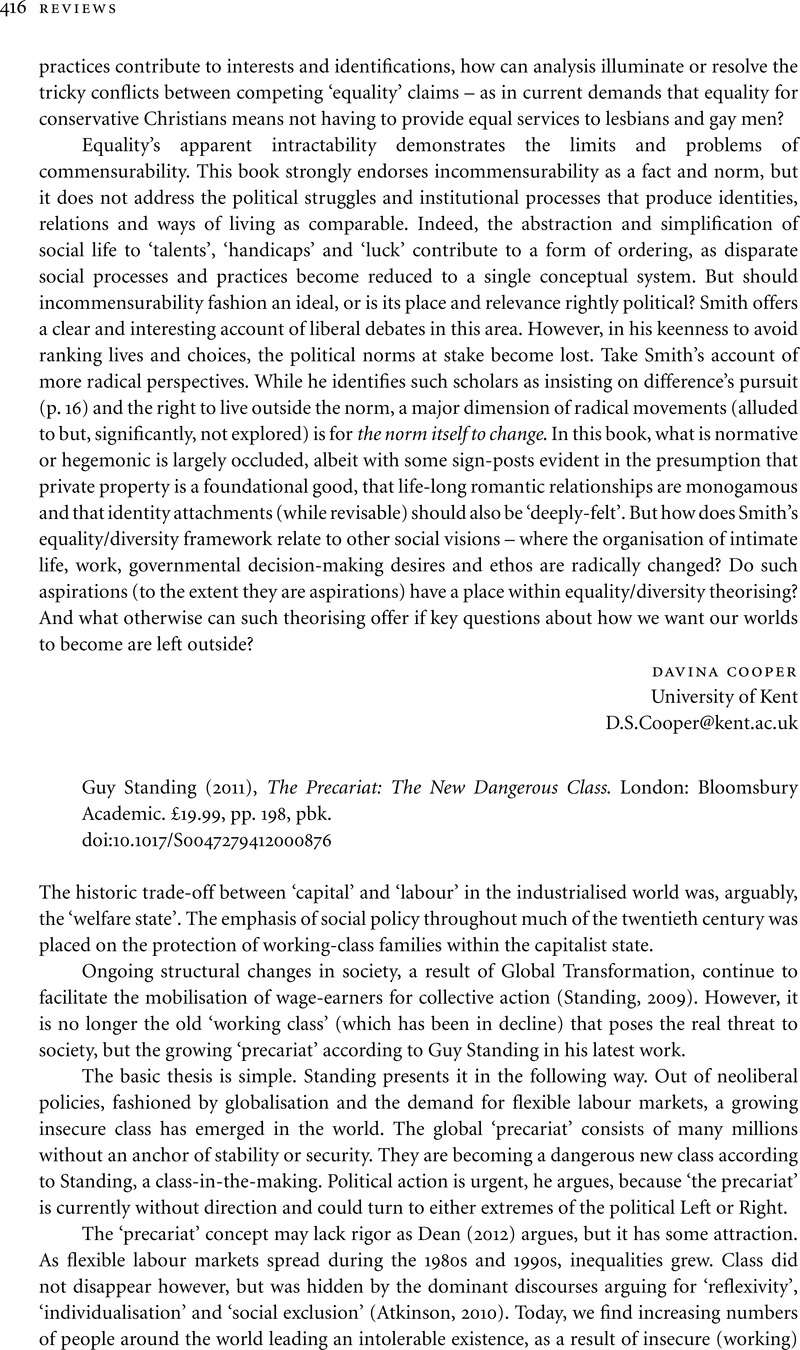Crossref Citations
This article has been cited by the following publications. This list is generated based on data provided by Crossref.
Elstad, Jon Ivar
and
Heggebø, Kristian
2019.
Et voksende prekariat? Langvarige tilknytninger til arbeidslivet blant kjernegruppene i arbeidsmarkedet.
Søkelys på arbeidslivet,
Vol. 36,
Issue. 3,
p.
139.





